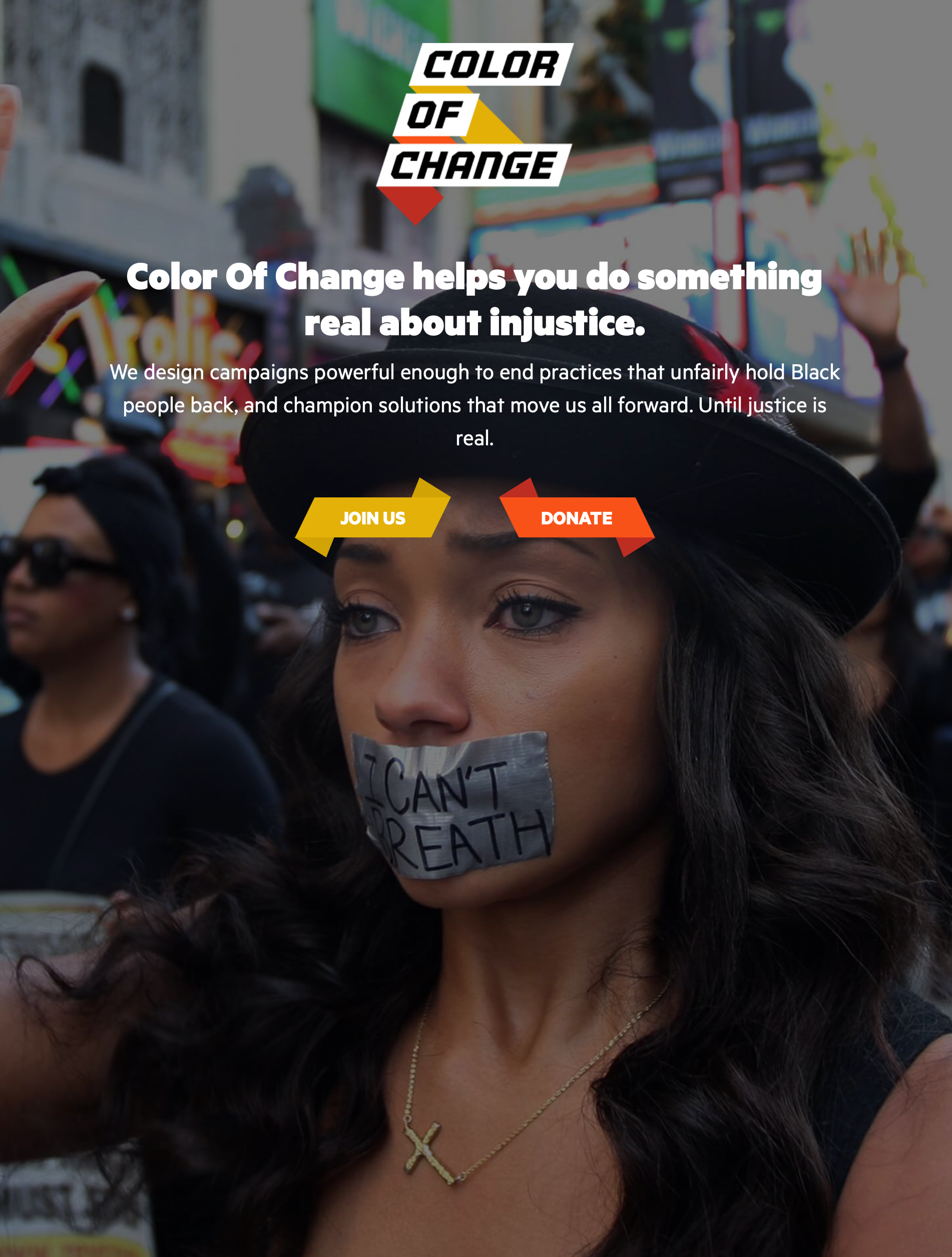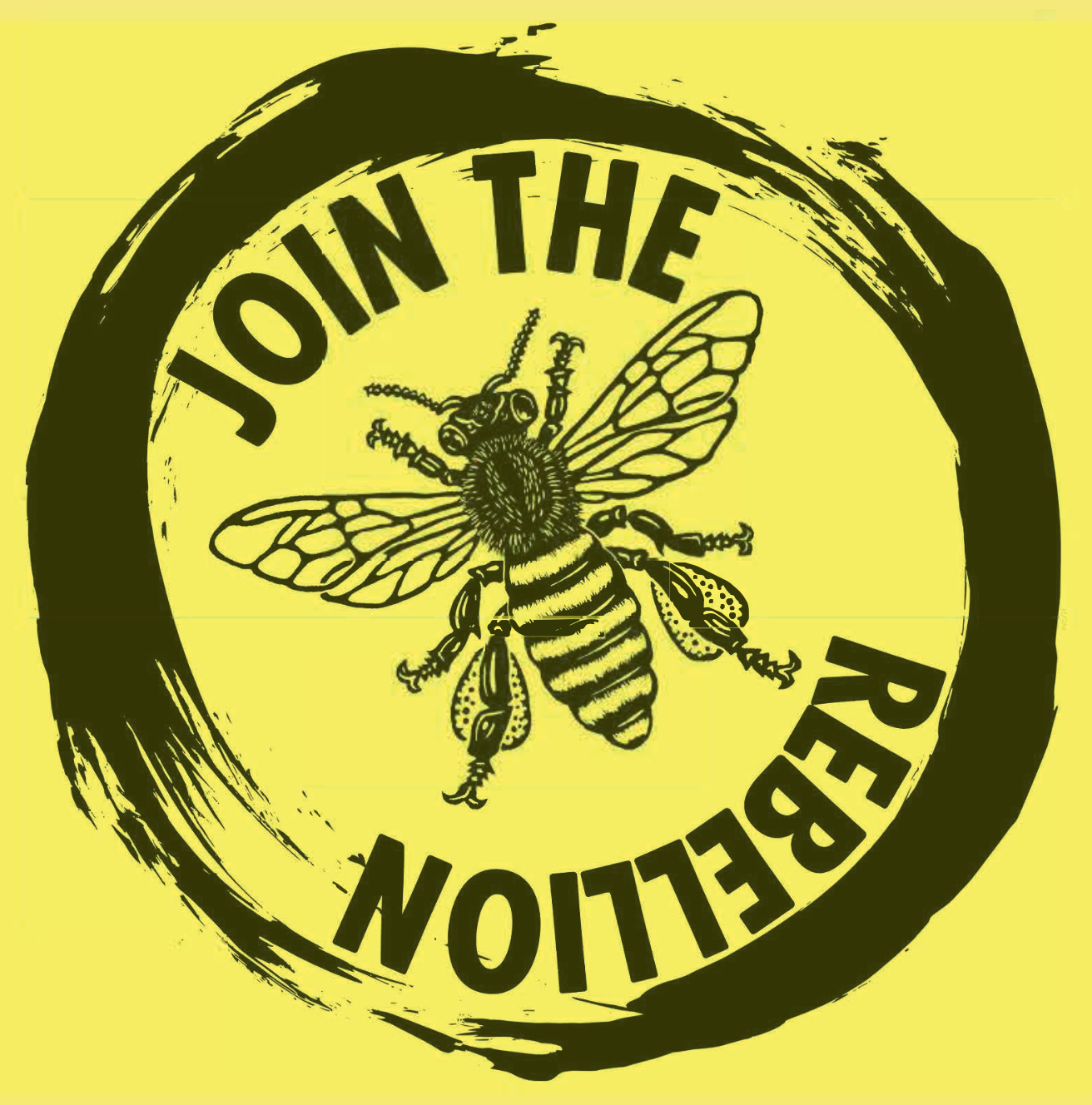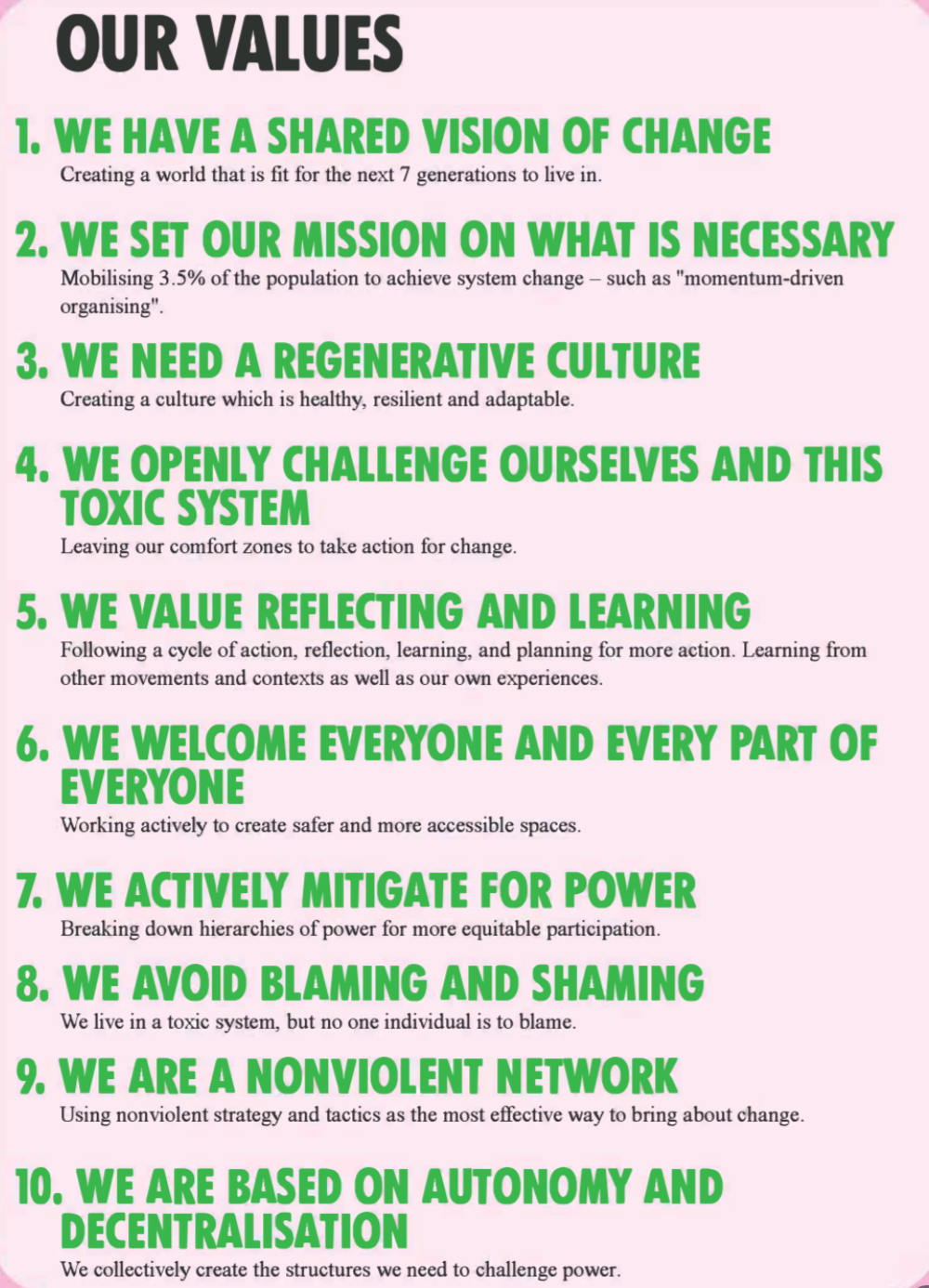You can’t persuade everyone. You can only persuade a group of someones.
The ‘people like me’ reflex
We often make a mistake when looking for people to support or join our causes. We assume that our target group is like us, knows what we know, and wants what we want.

It’s an understandable reflex. Some of the world’s best funded organisations – from politics to academia to the media – fall into the same trap. (So do I, almost every day.) And if all you want to do is speak to your peers and grow your tribe, this approach could work.
But it’s not strategic. Say you’re looking for philanthropic funding for your project. Your target is rich people whose ‘activist’ work is to donate their money, not their time. In other words, not people like you.1
Or you’re looking to reach out to working class activists as I wrote last week. Again, not people like you.1
You have to use different messages to address each group. On your website, in your newsletters, in your printed material.
Messages that probably wouldn't persuade you, but might persuade them.
A basket of desires


But let’s go further. If you’re targeting people, don’t just think about who they are. Think about their dreams and desires. Think about the stories they tell themselves.
Because building on what corporations have known for years, people don’t really want to support you. They want the feeling that’s produced when they do.
Seth Godin’s ‘basket of dreams and desires’ is a list of things we all want, to varying degrees2. It looks like this:
Adventure, Affection, Avoiding new things, Belonging, Community, Control, Creativity, Delight, Freedom of expression, Freedom of movement, Friendship, Good looks, Health, Learning new things, Luxury, Nostalgia, Obedience, Participation, Peace of mind, Physical activity, Power, Reassurance, Reliability, Respect, Revenge, Romance, Safety, Security, Strength, Sympathy, Tension.
You’re not selling to consumers, and this isn’t a corporate marketing newsletter. You’re confronting power, making change happen.
But the mechanics of reaching out to people are the same. You want them to sign up, volunteer with you, or donate to your cause. How can you make them feel good about doing it?
Let’s dip into the basket of dreams and desires to see.
- Belonging, Community, Friendship and Participation. Join a group of like-minded people. Find your tribe.
- Exert more control over the outcome of events you care about.
- Freedom of expression: State your opinion loudly and proudly. Stand up for what you believe. Make yourself heard.
- Take revenge on those who have committed injustice by pushing back against the system.
- An activist project is a gateway to adventure; to new experiences and meeting new people. It’s a chance to learn new things.
- You’ll get peace of mind and reassurance that you’re ‘doing your bit’ for positive change.
- It’s an opportunity for more physical activity, e.g. joining protests or direct action.
- Romance: Why the hell not? It happens more in activist projects than you'd think.
- There's strength in numbers and smart action. Your goal is to take power back.
- You can share that you are part of this activist project, which could earn you respect.
Think about what messages or images you would need in your material, to represent those desires in italics.
Now you’ve got a more effective way to reach your audience, persuade them, and make change happen.

But but but...
Isn’t this deceptive, manipulative, unfair?
No! Consider this: You are up against corporate and political interests spending zillions to track you everywhere and influence your choices. You can and should use the same toolkit they use.
But you can do so ethically and openly. You can beat them at their own game.
* * *
Notes
1: I know I’m making generalisations and assumptions here. It’s hard to talk about this stuff without doing so.
2: If you want better data, try asking a sample of your target audience: “Other than work and sleep, how do you spend your time?” It’ll help you understand which desires are most prominent.
Update 23/05/23: Related, from a piece in today's Psyche on propaganda.
To sell products, companies have the capacity to tap into human desire, connecting the purchase of a product to the fulfilment of a desire. Most often, the desire has nothing at all to do with the product.


